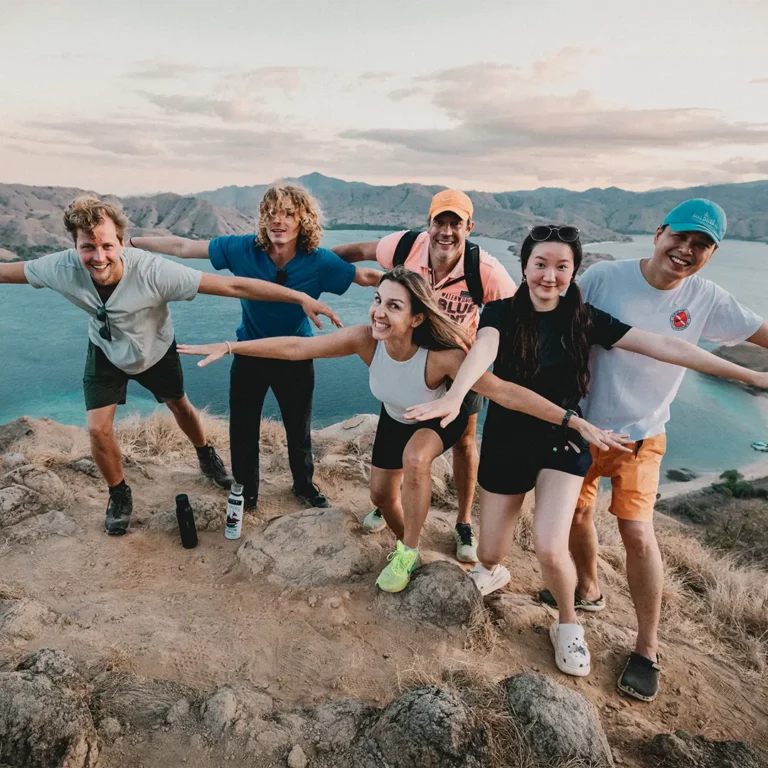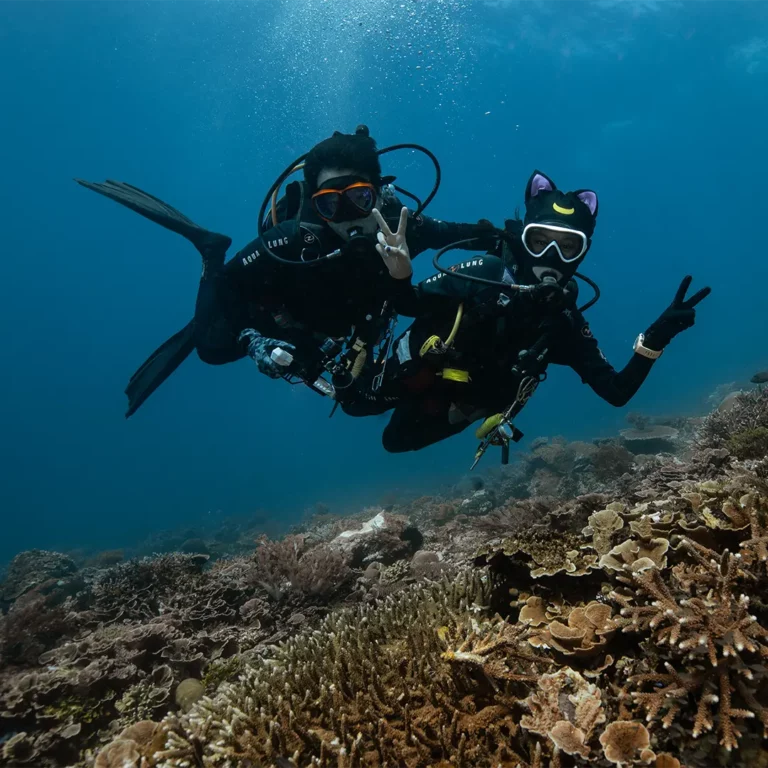When we go scuba diving, we must have certain diving equipment. These necessities keep us safe underwater and enable us to dive in the most efficient and comfortable manner possible.
We can assist you if you are looking to purchase your own dive equipment or if you are a new diver wondering what equipment you will need for your dive course. In this article, we will go over nine essential items that every scuba diver should have.
1. Regulators
We can’t scuba dive without them! Regulators are the devices that connect the air in the tank to our mouths and the buoyancy control device (BCD).
Even though dive centres must follow strict rules regarding the servicing and maintenance of their rental regulators, having your own can provide you with complete peace of mind. You’ll know how your regulator has been used and cared for, and you’ll be the only one who uses the mouthpiece. In addition there is nothing like getting comfortable and used to the same gear you use, and for something that will be wedged in your mouth for an hour at a time this is essential.
There are various options available depending on your budget, as with all scuba equipment. However, regulators are the most important piece of diving equipment in terms of safety, so don’t skimp on them.
2. Wetsuit
Wetsuits are suitable for scuba diving, snorkelling, freediving, and virtually any other watersport. Rental wetsuits are fine, but they may be worn out, have holes or rips, or not fit you properly due to frequent use.
While wetsuits are not always required for warm-water scuba diving, they do help protect you from sunburn and stings. They also keep you warm on long days of diving.
When purchasing a wetsuit, consider the thickness you will most likely require and whether a full length or a shorty is best.
3. Dive Computer
Divers who dive on a regular basis should invest in a dive computer. Dive computers keep you safe by telling you how long you can stay at a given depth without risking decompression sickness.
Dive computers were developed using diving tables, but they can be more accurate. Having your own computer allows you to take control of your personal safety while also logging your dives. Dive computers come in a variety of styles and prices, but they all essentially do the same thing.
4. Buoyancy Control Device (BCD)
A buoyancy control device (BCD) allows you to adjust your buoyancy underwater to avoid kicking along the bottom or floating on the surface. You can’t dive without a BCD.
Because each BCD is slightly different in fit and design, it is beneficial to own your own BCD. You can make sure it fits you well and works in a way that you are comfortable with. The two basic different types of BCD are back mounted or wing BCD’s and jacket or vest BCD’s. Which one is a long standing and never ending debate amongst the scuba diving community. In the end of the day it’s whatever feels right and comfortable for you. I’d recommend diving with a rental of each style first before investing in one to see what you like. Don’t be like me and go buy an expensive new one, only to sell it a few dives later for a big loss and go back to your comfy old reliable BCD!
ALSO READ: 5 Things to Never Do After Scuba Diving
5. Mask
The first piece of diving equipment you should look for is a mask. If you are not comfortable clearing your mask underwater, an ill-fitting mask can ruin a dive and even make you panic.
The issue is that everyone has a slightly different face shape, so a mask that works for one person may leak for another. When purchasing a mask, go to your local dive shop and try on a few different masks first.
You can see how each mask fits against your face and if there are any gaps in the seal. Try breathing in through your nose. If the mask stays on your face without the use of the strap, this is a good indication that the mask is a good fit for you.
6. Snorkel
When you have a day off from scuba diving and want to go for a snorkel, having your own snorkel comes in handy; all you need is a mask and snorkel, and you’re good to go. This is also handy when you come up from an amazing dive and have to wait for your hour long safety stop, but the marine life was just too incredible to leave and you can still see it from the surface. Put your snorkel on and jump back in, but just don’t be tempted to freedive back down due to decompression sickness risks!
7. Fins
Fins are required for both scuba diving and snorkelling. A good pair of fins allows you to move easily underwater, adjust your position, and get you out of danger in an emergency. Having your own fins ensures a better fit and quality than renting.
When it comes to buying fins, there are several options; some are heavier than others, and everyone has a personal preference. If you have the opportunity to try out other people’s fins in the water before purchasing your own, try out a few different brands and styles to see which one feels best for you. There are many styles like blade fins, split fins, force fins etc and all have different compositions of stiffness or flexibility. Try a few styles till you feel what is right for you. And also consider the type of diving you will be doing, some fins respond better in current and some in stiller waters for more control.
8. Weight System
Scuba divers typically use a weight belt, but they may also use integrated weights that slide into their BCD. Weights are necessary in scuba diving to allow you to stay under water comfortably.
Lead weights are typically rented from a dive shop; due to their weight, few divers travel with their own weights. It’s a good idea to have your own belt or integrated pockets so you know exactly how to put on and take off your weights.
9. Surface Marker Buoy (SMB)
A surface marker buoy (SMB) is another critical bit of kit for your dive. These are long sausage shaped devices that are inflated underwater to alert boats on the surface to the divers position. These can either be deployed for the entire dive in conditions such as drift dives where the boat operators have to track the divers movements. Or these can also be deployed at the end of the dive during the 3 minute safety stop to alert the boat operators to the position where the divers will be surfacing and need to be picked up from (These are sometimes called a Delayed Surface Marker Buoy or DSMB). As much as a practical device for flagging down where you will be picked up from, these are also safety devices to ensure that boats do ont get too close to surfacing divers and put them in danger of a collision.








